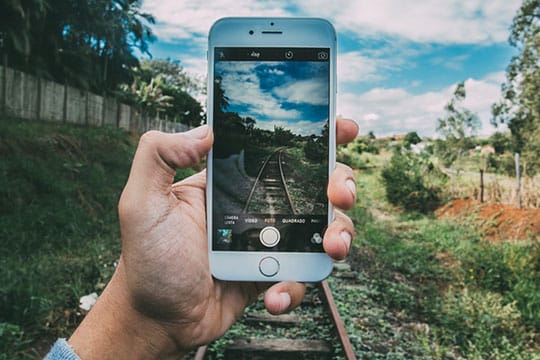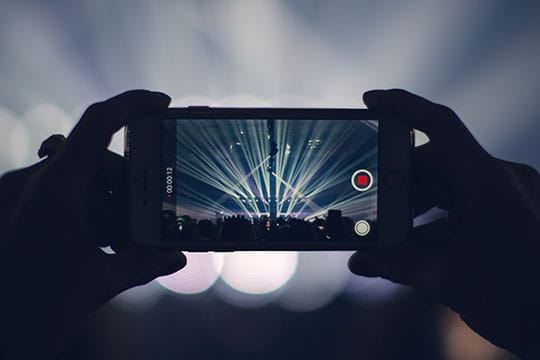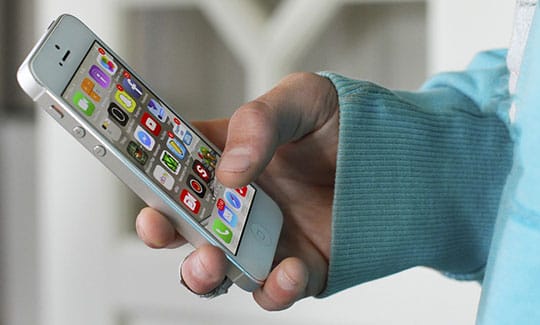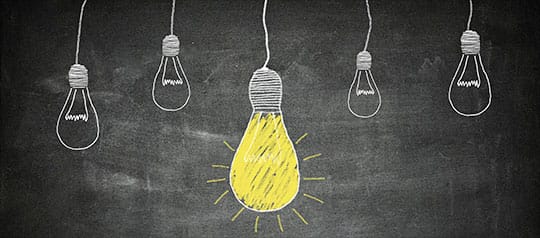Today, HEIF is the latest topic, especially among individuals who have been persistent Apple users for a long now. With the disclosure of iOS 11, Apple publicized that the HEIF format is the substitution of JPEG file format. You might be knowing JPEG as the most compatible format, but have you thought about what HEIF is and why did Apple really release this new format? In case you need to know, “what’s the contrast between HEIF & JPEG”, then you are in the right place. Let us now know why has Apple released this new format and is it really substituting JPEG?
What is JPEG?

This format is the default variety of image files that are used throughout the digital photography and graphic designing industries. It can compress the image data easily so that computers can conveniently save digital images on their hard drives without the photos consuming too much space. They use a compression algorithm that minimizes the image file size and minimizes the actual page loading time.
Recommended for you: 20 Essential Must-Have Software for Your Computer or Laptop.
What is HEIF?

For the present, HEIF file formats have substituted the JPEG file format for iPhone programs and applications. This is due to the reason that HEIF files can save one or more pictures in a high-resolution image format.
Difference of opinion – HEIF vs. JPEG

JPEG or JPEG file format was first introduced by the Joint Photographic Experts Group. It is basically a digital image format that deals with compressed image data. This file is typically utilized for saving digital images. Many images and graphics are saved in JPEG format as it has a compression algorithm that minimizes the overall image size and it results in the better loading of a webpage.
Whereas, the HEIF file format can easily hold one or more images saved in the High-Efficiency Image Format or HEIF (a format utilized to save images on your cellular phone). It may detain either one or the whole image file along with their Meta descriptions. This new format was released by Apple in the iOS 11 version and it is also the default format for images in MacBooks and iPhones.
Below are the differences between JPEG & HEIF format.
Supported Operating System

One of the primary reasons why the JPEG file format is so famous is because it supports all kinds of operating systems like UNIX, iOS, and windows. Whereas, HEIC format can only be used on Apple devices with iOS 11. HEIF does not support Android or Windows. You need to convert HEIC to JPEG format to see them on unsupported platforms like Windows or Android.
File Size

The overall size of files on HEIF is smaller than JPEG. The images clicked and saved with HEIC format consume less storage as compared to JPEG format. The files on HEIF are almost half the total size of JPEG and that’s the reason HEIF is a better choice when talking about the file size.
Quality

One important difference is that HEIF has a better image quality as compared to JPEG.
Nature

HEIF can store multiple image formats at a time like animations, live images, burst photoshoots, etc. Whereas, JPEG format can only save one image in a file. So, there’s no denying that the HEIF file format has better flexibility.
Functions

JPEG files use only 8-bit color, whereas HEIF uses only 16-bit deep color. So, it is clear that HEIF captures better pictures and colors. In addition, you can also rotate or crop the images without even saving them for the second time. So, HEIF is the best when it comes to editing pictures.
Compatibility

There is no denying that JPEG is the best compatible picture format when we talk about sharing images between different platforms. Nonetheless, iOS 11 automatically converts HEIC images to JPEG format when you want to share the images to a non-iOS device or any other social media platform. So, HEIC offers better compatibility in all terms.
You may like: What to Do if Invalid JPEG Marker Type is Found in Photoshop?
What are the advantages of HEIF over JPEG?

- JPEGs were the most trusted format for online images for a long time. But times have now moved on. Substituting the old age format with the HEIF means that clicking photographs on an iPad or iPhone now takes up very little of the total storage.
- This is absolutely great news, as the increasing quality of videos and pictures directly means that the users continuously keep a watch on how space is left on their mobile phones. Apple’s introduction of the new HEIF file format would go a long way in alleviating the space issue.
- This minimization is over to the techniques of compression worked by HEIF. The MPEG group states that double as many images and other data can be kept in a HEIF format style image just like a JPEG one of the same sizes.
- Apple claims this by stating on its website that the next-generation HEIC compression technology would let you click new photos with the same great quality as before but at half size. Alternatively, you can also go for higher resolution files with the same dimensions as JPEGs.
- The fact is that HEIF supports 16-bit color pictures will come as a blessing for iPhone photographers who have always wanted to click those magical sunset images.
Why are iPhone pictures in HEIC format?

HEIC, also known as High-Efficiency Image File is Apple’s newest image saver format that distresses the photos for saving more space without compromising on the quality of the images. HEIC picture files are available on iPhone7 and other iPhone models that are using iOS updates. Mostly, you won’t even observe the file format of your images, but sometimes you can face technical issues while transferring the photos to your desktop or cloud storage. If you run into these problems while shifting photos from iOS to other devices, you can sort out your pictures and clear all the duplicate photos or screenshots before transferring.
Is HEIC better than JPEG?

The answer is yes, it is! HEIC is easier and convenient than JPEG file format. Not only is the file size half than the size of JPEG, but the overall picture quality is great too. However, a huge drawback of using the HEIC file is that it isn’t supported on every device, as of now. While we are waiting for new technologies to gear up, we have to deal with the pain to convert HEIC to JPG for using it in other applications.
Benefits of HEIC

Thanks to the upgraded compression, HEIC pictures can be easily decoded and encoded with very little cost to the system. By this, we mean that the pictures load faster than ever and take up very little storage on the server. Unlike the JPEG format, which supports only still pictures, HEIC files are known to support a series of files.
In the future, HEIC pictures will be associated with iOS 11, macOS & TvOS 11, but apple devices would automatically convert HEIC file formats to any other image format when an individual would share them with non-compatible applications like Android or Windows.
Since HEIC files can store, they are capable of keeping innumerable data types like:
- Separate images along with thumbnails and properties.
- Metadata includes XMP & EXIF information related to the pictures stored in the file.
- Picture sequences are made up of various time-related images such as Cinemagraphs and photo bursts.
- Auxiliary data such as alpha planes, audio, video, and even depth maps.
What can you do to turn off HEIC?

What can you do if you want to turn off HEIC and take photos in JPEG? You can do it by following these simple steps:
- Firstly, go to your iPhone’s settings, and then scroll down until you notice “Camera”. Now select it.
- You’ll get various settings options, with “Formats” written at the top. You need to select it.
- Here, you’ll get two options, “Most Compatible” & “High Efficiency”. It’s likely to be set to “High Efficiency” by default (HEIC) so you need to change that to “Most Compatible” and that will change it to JPEG format.
And now, all the photos you now take will be stored in JPEG format on your phone.
You may also like: 11 Best Online Video Converters.
Final Words

The JPEG file format is still very famous and well compatible with most of the devices and systems. Nonetheless, HEIC promises that it permits images to get twice as small as the regular JPEGs with zero quality loss. When compared to JPEGs, any variations in image quality are insignificant in pursuit of the file size advantages. For now, at least, some Apple users are able to save more videos and images on their iPhones while still having a lot of space left over for other apps. As the development of 4K and 3D technologies progress, the difficulty of minimizing file sizes and improving the delivery speeds will become highly important and so far, HEIC seems to be on the right path to reduce those issues.





